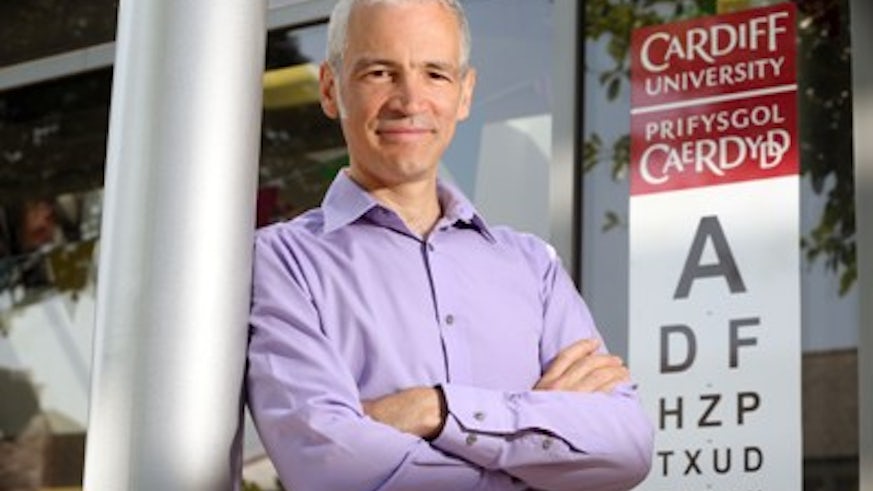Detecting Sight Loss
17 July 2013

A team of University scientists have teamed-up with leading space engineers to create an instrument which could help detect the developed world's most common form of sight loss.
Age-Related Macular Degeneration (AMD) leads to loss of vision when looking at something directly ahead, at another person, or when reading or watching television.
In a bid to pick-up the earliest stages of AMD, scientists from the School of Optometry and Vision Sciences have joined forces with engineers at the UK Astronomy Technology Centre (UK ATC), part of the Science and Technology Facilities Council (STFC) to develop an instrument called a Retinal Densitometer.
"AMD affects a small part of the retina at the back of the eye, the macula, which is used to see detail and colour. One of the earliest signs of AMD is a change in the way that the light sensitive pigments in the macula regenerate after exposure to light," according to Dr Tom Margrain, School of Optometry and Vision Sciences, who leads the research alongside Dr Alison Binns.
"Working alongside engineers - more used to designing state of the art instruments for ground and space technology - we've been able to develop the Densitometer, which can assess this change by measuring, over time, the very small changes in the amount of light reflected by the retina after exposure to light," he adds.
The Retinal Densitometer works by measuring the way the eye "dark adapts" after exposure to a bright light. It has several distinct advantages when compared to existing detection techniques in terms of its sensitivity and ability to measure responses to light from different parts of the retina. It is also completely non-invasive unlike some techniques.
Early diagnosis is the one of the most crucial factors for developing new treatments and improving the management of this disease, but it is extremely hard to detect in the early stages and current tests are limited.
Previous attempts at early detection techniques have been limited by the performance of the technology used to make the measurements.
Early tests already carried out by the project team on ten patients with early stage AMD and 10 controls, have shown that the light changes on the macula can be highly accurately measured using this patented technology, and that it has a high ability to distinguish between affected and non-affected groups.